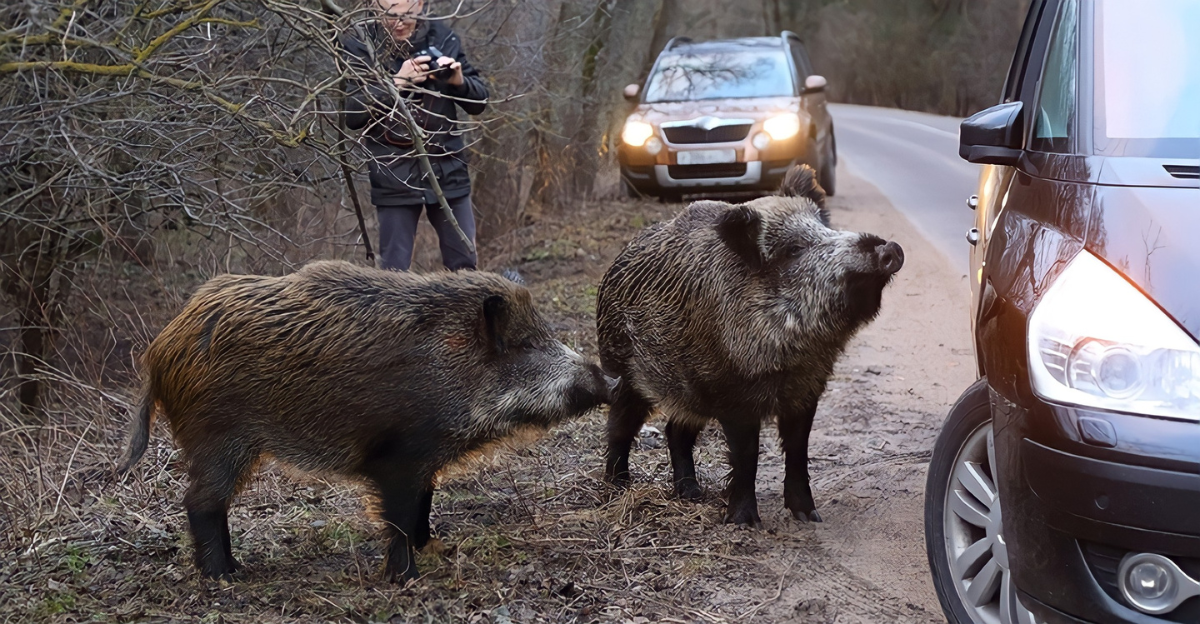
Across the parched Texas plains, an unknown foe is hiding in the weeds. It wears no camouflage but behaves like a burglar—killing crops, plowing up soil, and inflicting $119 million in damages each year. But who, or what, is launching this farm attack? Not global warming. Not pests. Not even humans. This creature is tusked and moves at high speed. And it’s altering the landscape of American farming.
When the Earth Shakes at Night
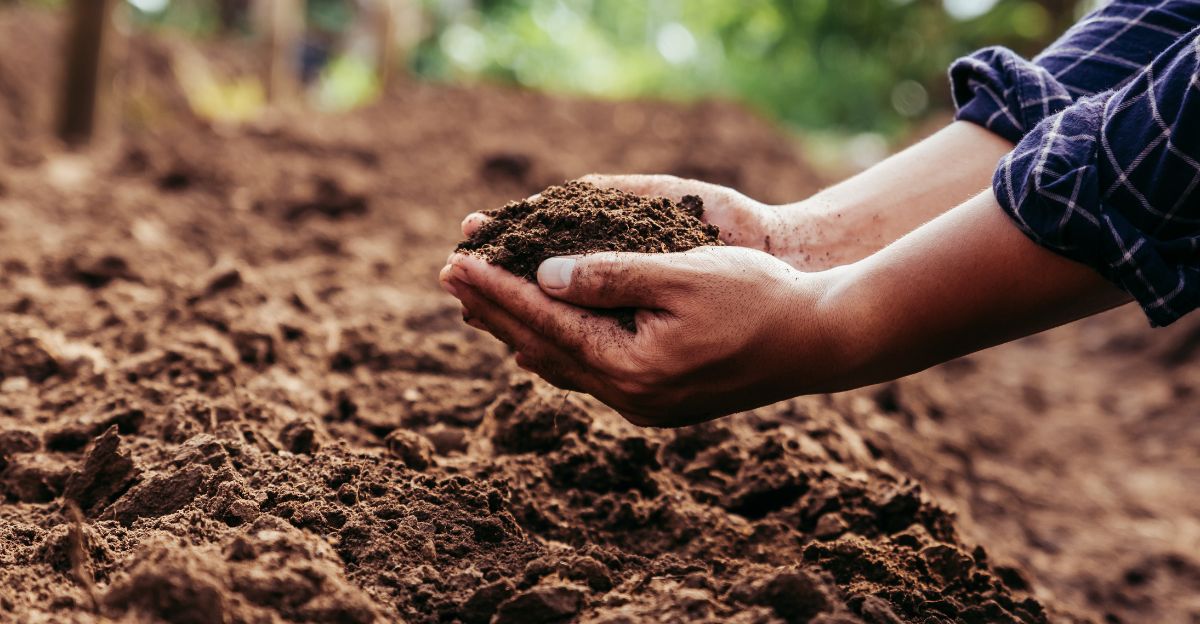
Farmers have always dreaded weather, insects, and drought—but now the earth turns against them. Texas farmers plant new rows every spring, to find them uprooted like a war zone overnight.
It’s no act of God. It’s no act of terrorism. It’s something much more primal. Something wild. These incursions don’t just ravage fields; they kill entire crops, leaving farmers starting from scratch—and eating into our country’s national food security.
Signs in the Soil
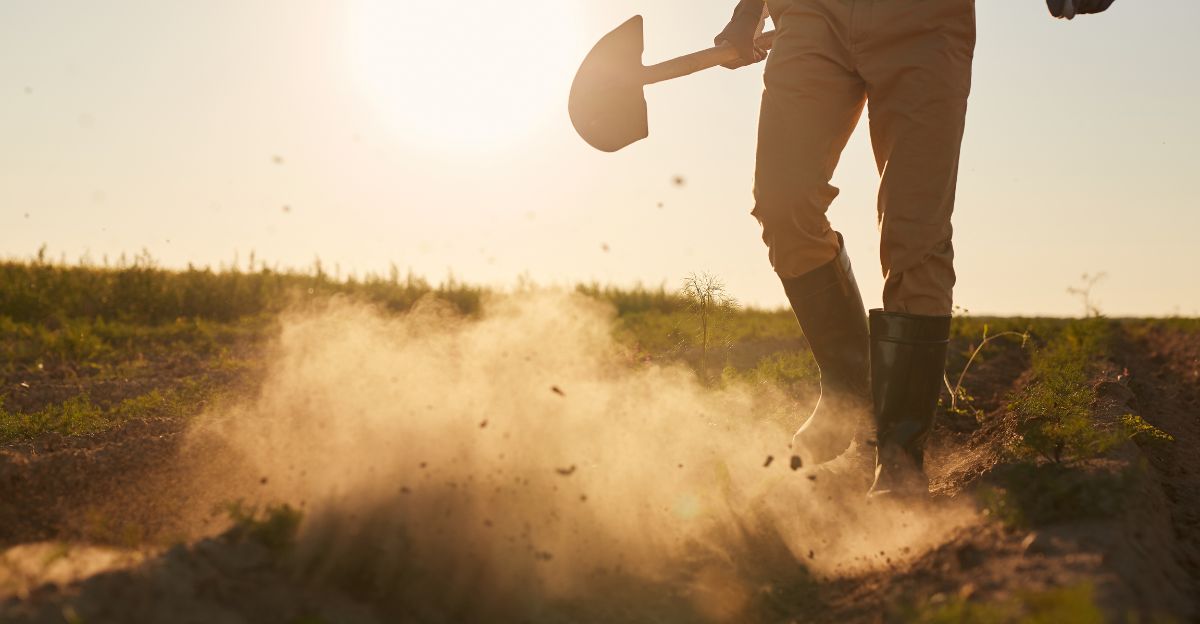
Imagine you’d planted 600 acres of corn, and when you came back, it was all gone—seed by seed—before dawn. That was everyday life for Jay Norman. Years have passed since his northeast Texas farm endured an incessant barrage.
“They’re always there,” he explains. Some years are better than others, but we never get a break.” Whatever is wreaking this kind of havoc isn’t just relentless. It’s smart, organized, and rather cunning to outwit.
Enter the Invader: The Feral Hog
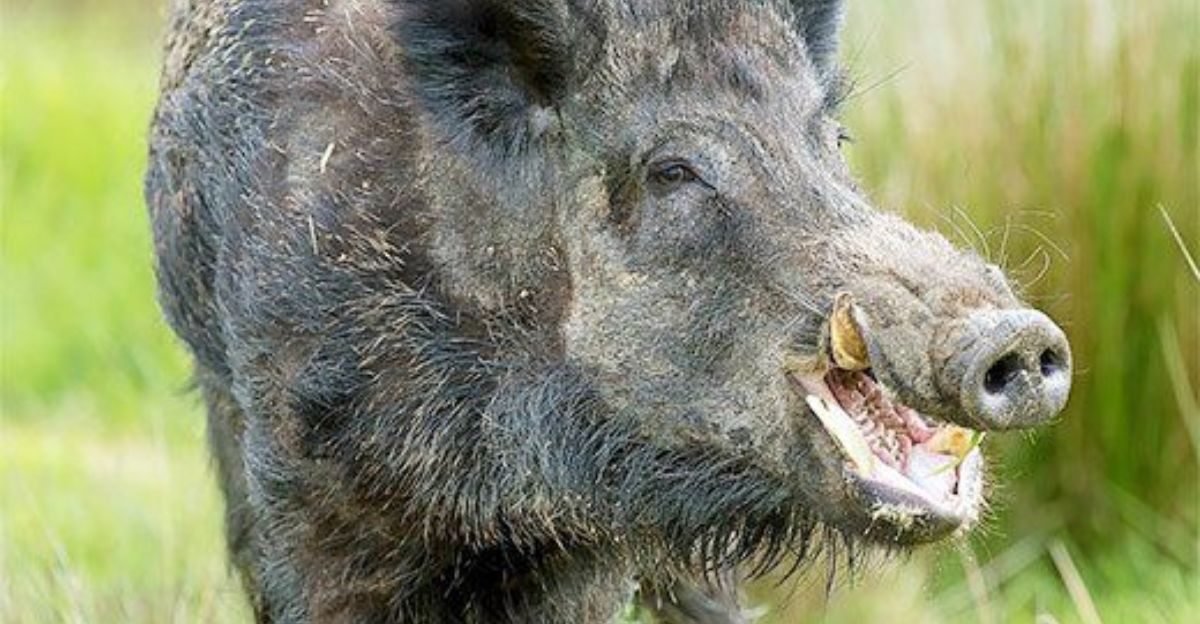
The culprit is Sus scrofa, the feral hog. No “woodsy wildlife” designations there, but they are an ecological wrecking crew. They came from escaped domestic pigs and wild boars imported from abroad, and these pigs have a nightmare birth rate, run in gangs, and dig up ground with deadly efficiency.
With no predator to speak of and with extreme versatility, their populations have multiplied out of control—2.6 million of them are thought to exist in Texas alone.
Not Your Typical Pig

Don’t let their curly tails fool you. Feral hogs are not to be underestimated. They can weigh up to 400 pounds, run 30 miles per hour, and chew through fences like tissue paper.
Smarter than deer and craftier than coyotes, they’ve figured out how to outwit traps, dodge bullets, and outsmart farmers. And to make matters worse?
They learn from one another. These pigs adapt—to bait, to traps, and to habits. Each unsuccessful try to control them only makes the next attempt more difficult.
A Taste for Corn—and Anarchy
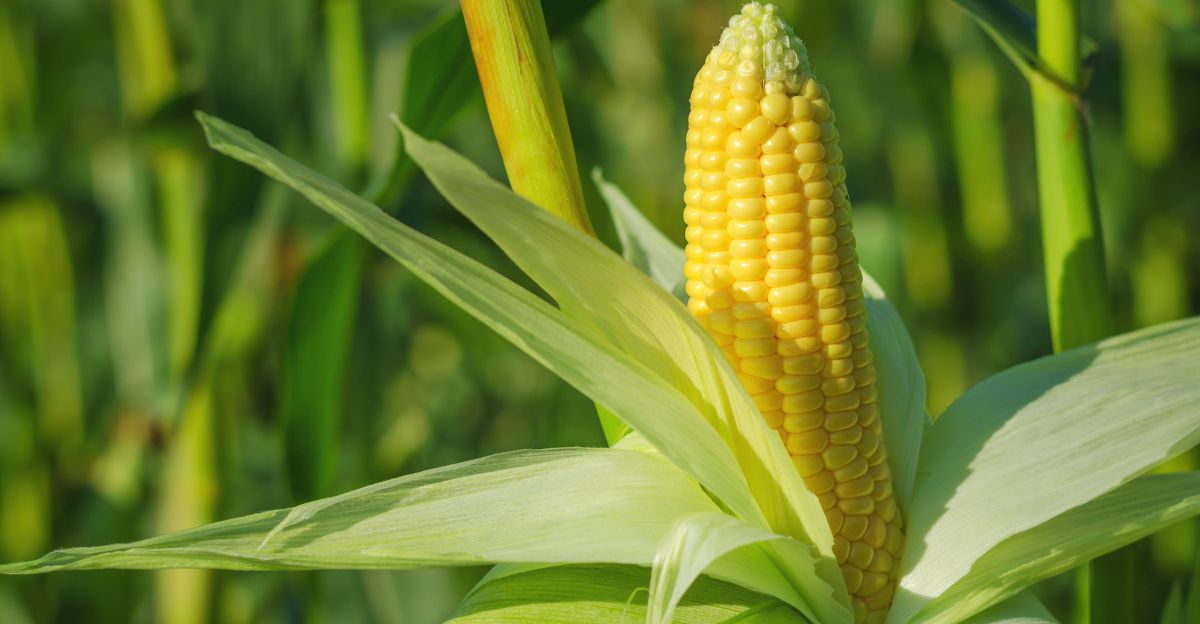
Feral hogs have but one definite favorite aside from freedom: corn. They root it out like truffle pigs searching for a feast. They will follow behind planters, devouring seeds as soon as they touch the earth.
Farmers report that they are smart enough to detect the hum of a seeder. Although corn is their preferred diet, they’ll readily destroy soybeans, wheat, etc. None of these crops are safe if a sounder of hogs (that’s how one refers to a group) is nearby.
The True Cost of Damage
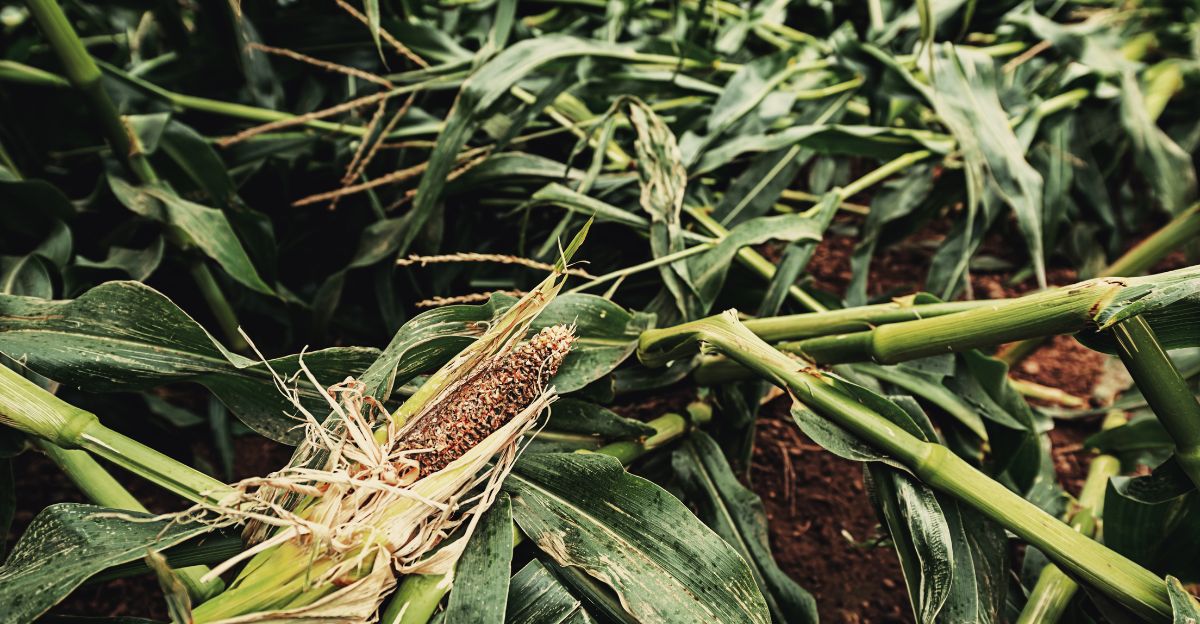
Annually, these tusked pests beset Texas farmers with about $119 million in replanting, repairs, and crop damage. That figure’s probably obsolete, though. Damage is not always reported. And when you include the cost of traps, bait, late-night rounds, and aerial hunting, the actual economic burden skyrockets.
For some producers, it’s not only a nuisance—it means financial problems. Replanting 600 acres is not only challenging. It costs money. And it’s worryingly becoming the new norm.
Fighting Back: High-Tech Traps & Thermal Hunts
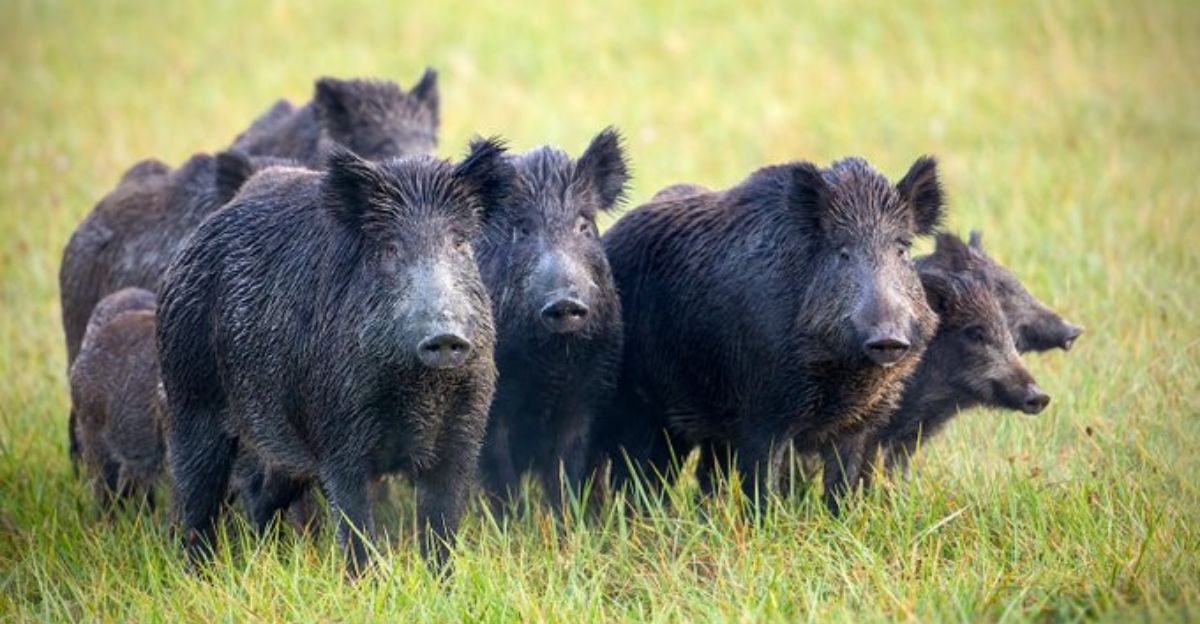
Farmers have tried it all. Thermal drones, cell-service motion-activated traps, helicopter hunting trips that double as thrill rides—all in an effort to combat the relentless horde. But these aren’t cheap tools.
All this high-tech pig hunting is a luxury not all growers can afford. Still, it’s not always enough. Pigs are smart. They avoid areas where they’ve seen friends get caught. They change their habits. They hide away in the woods until it’s safe again. Then they return.
Poisoned Bait and Pig Psychology

Enter: warfarin. A Texas legal pig poison. Sounds simple enough? Not exactly. Pigs have to be trained—yes, trained—to consume it. First, they have to be trained to access special bait boxes with magnet or guillotine doors that other animals can’t open.
It initially takes 10 to 14 days of pre-baiting. After they’re addicted to the bait and accustomed to the feeder, the toxicant can be added. But even then, success isn’t guaranteed.
The Smarter They Get, the Harder They Fall?
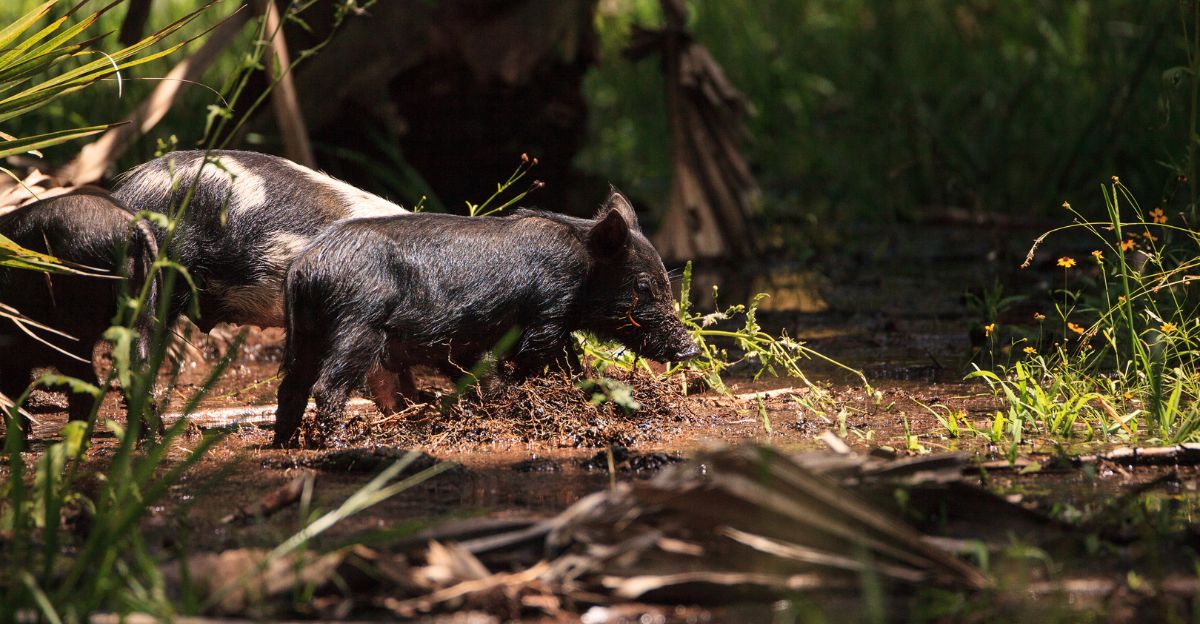
Pigs are intelligent. Some pigs learn fast. Others avoid danger. Hunters say success boils down to one thing: consistency. Hunting full-time, all night long. “They come in waves,” Norman says. “One year they’re everywhere.
Then they disappear. Then they come back.” Farmers tried using dogs, too. But the hogs just went next door. The result? The problem changes—but never goes away.
The Habitat Problem
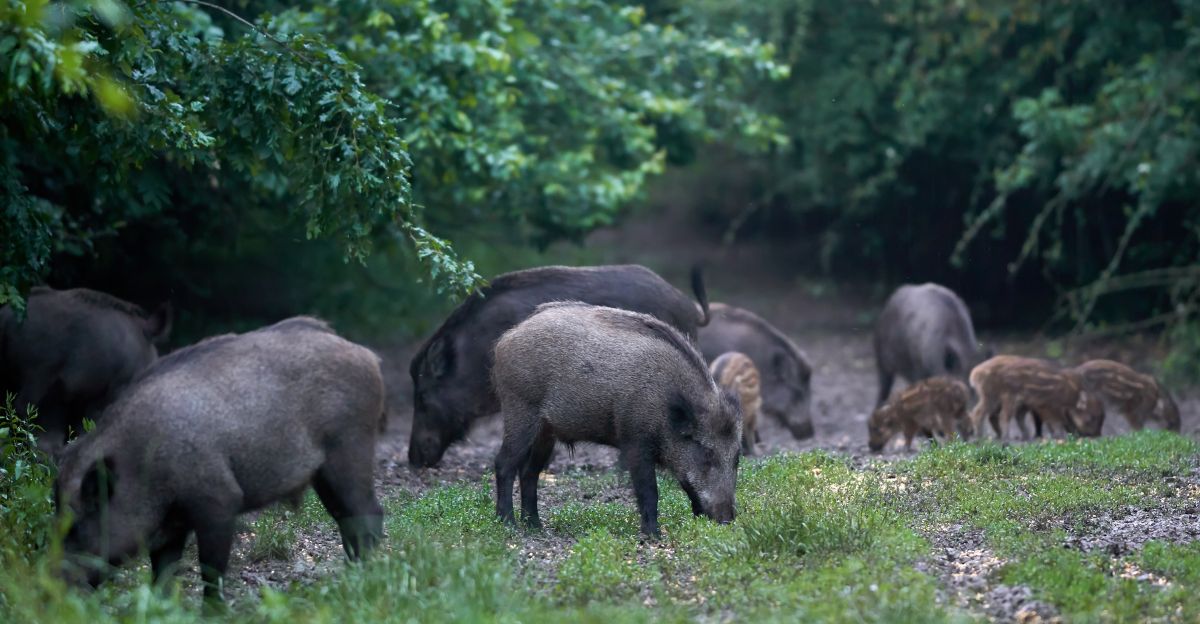
Northeast Texas is hog paradise. Wood, grass, water round-the-clock, and mild weather make it ideal. These pigs don’t just get by here—they flourish. And while they’ll eat nearly anything, from acorns to roadkill, crops are the buffet of all you can eat.
They possess a strong sense of smell for new ground. They recognize the smell of fresh soil and planting. “They know what a corn planter is,” Norman said. “I’ve seen more than 100 hogs rooting up seeds I had planted hours earlier.”
No Farmer Is an Island
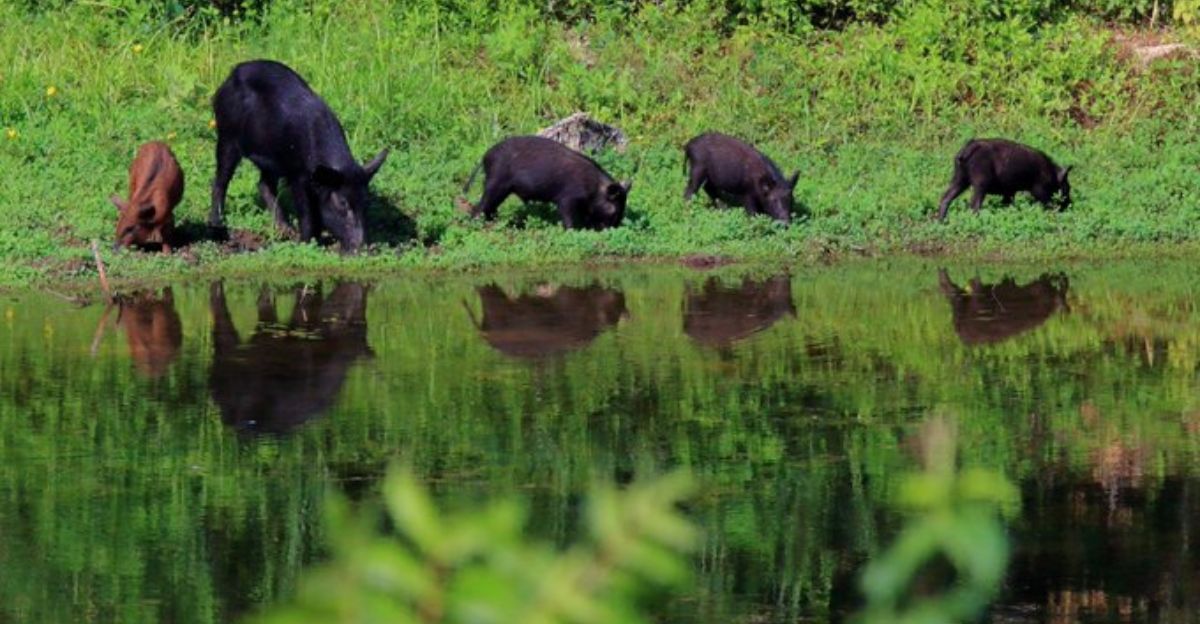
Regulating hogs is not something one does as a farmer—it’s what everybody does. If a landowner allows hunting tourists but the neighbor down the road is attempting to trap them, everyone in the area pays the price.
Hogs pay no mind to fence lines. That’s why experts are requesting large-scale coordination—coordinated trapping, mutual patrols, even multi-county partnerships. Without it, progress isn’t guaranteed. And when pigs are driven out of a field, they simply go to another one.
Why You Should Care (Even If You Don’t Farm)
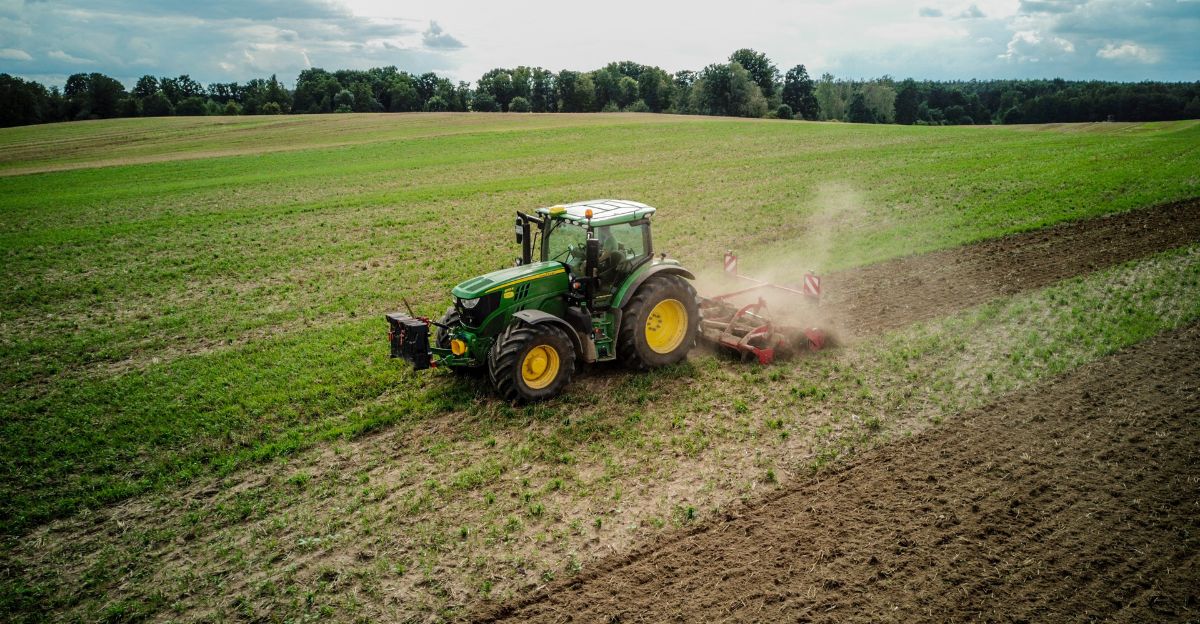
You don’t have a tractor. You’ve never been on a Texas farm. But you have to eat—and that’s reason enough to care. Feral hogs endanger our food supply by ruining crops, interrupting production, and adding expenses.
They devastate ecosystems, transmit disease, and cause traffic accidents. And if we do nothing, their numbers will continue to grow—until we’re all paying for it. This is no longer only a farmer’s dilemma.
The Future of the Fight
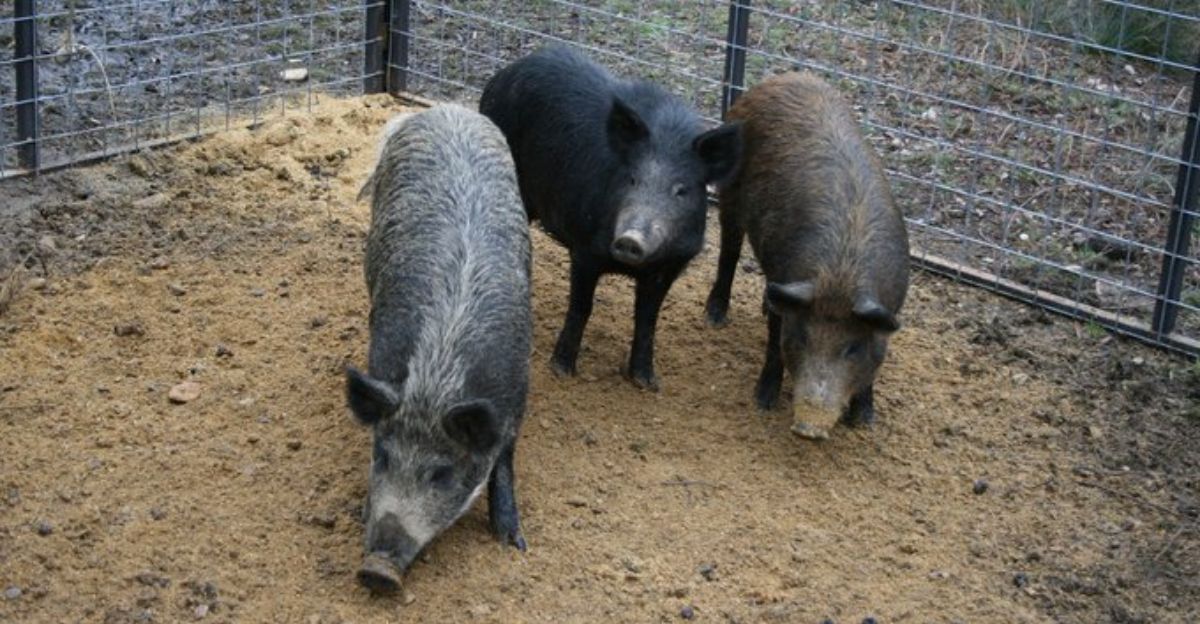
Ron Norman hopes there’s a better way. One that doesn’t include night hunting or costly baiting. Perhaps it’s sterilization. Perhaps it’s an entitlement program. Or maybe it’s a straight-out regional campaign.
Whatever the approach, one thing’s clear: feral hogs aren’t disappearing anytime soon. They’ve already cost Texas millions—and quite possibly America even more. The battle against wild pigs has only just begun. The question is: can we prevail before it’s too late?







